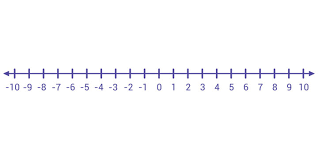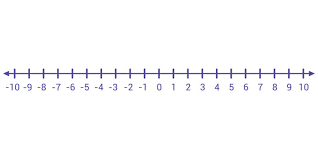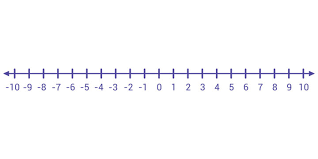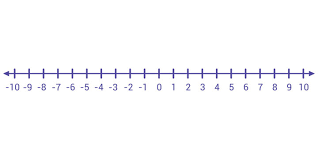A Negative Multiplied or Divided by a Negative Equals a ______.
Positive
|-9|
x-3 > -15
x > -12 (-12, oo)
m < -5

−17x = −204
x = 12
When subtracting two negatives you ______.
Ex: -4 - 6 =
Keep the negative sign and add the integers/variables.
Ex: -4 - 6 = -10
|6m| = 42
x = -7, x = 7
4x ≤ 28
x ≤ 7 (-oo, 7]
x ≥ 2

−16 + x = −15
x = 1
When Adding or Subtracting Two Values when one is Positive and one is Negative you ________.
Ex: -9 + 4 =
Subtract (take the difference) and Keep the Sign of the Biggest Number.
Ex: -9 + 4 = -5
|-6x| = 30
x = -5, x = 5
5x - 2 ≥ 48
x ≥ 10 [10, oo)
-3x > 3
x < -1

−10 = 10(k − 9)
x = 8
Absolute Value Equations always have ___ solutions.
Two!
|7 + p| = 7
x = -14, x = 0
56 - 3x ≤ -7 + 4x
x ≥ 8 [8, oo)
-4(-4 + x) ≥ 56
x ≤ -10

p − 1 = 5 p + 3p − 8
The Inverse of a number when added to the original number always equals ______.
Ex: Inverse of -9.789 + (its inverse) = _____
Zero! They always cancel each other out!
-3 |p| = -12
p = -4, p = 4
6 - 4(6n + 7) ≥ 122
n ≤ -6 (-oo, -6]
28 - k ≥ 7(k - 4)
k ≤ 7

−5(1 − 5x) + 5(−8x − 2) = −4x − 8x
x = -5